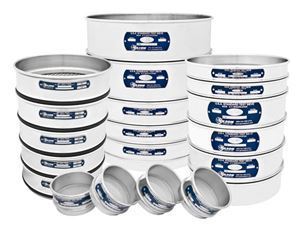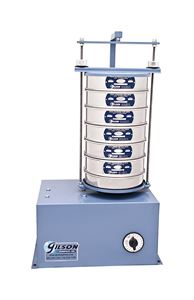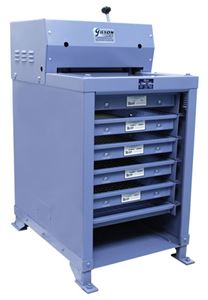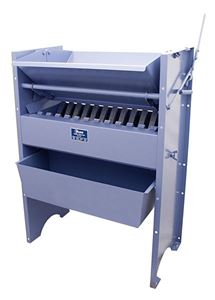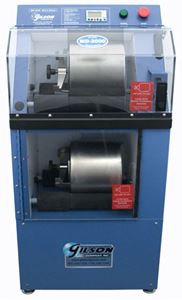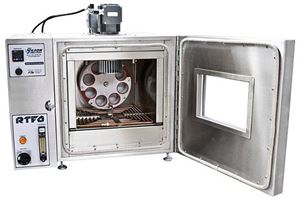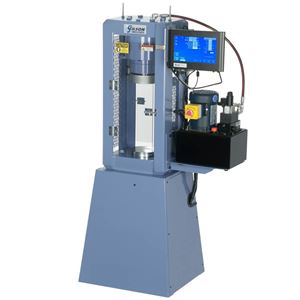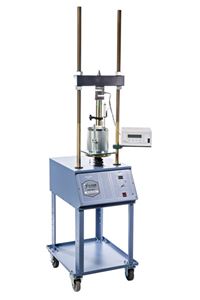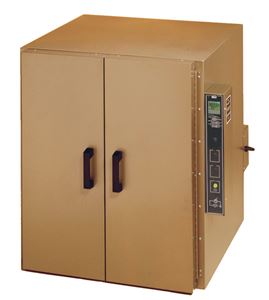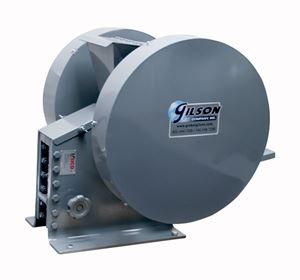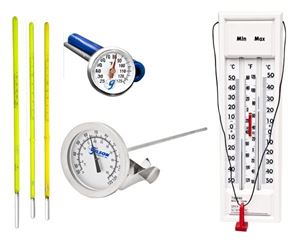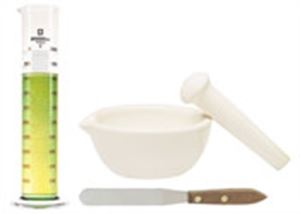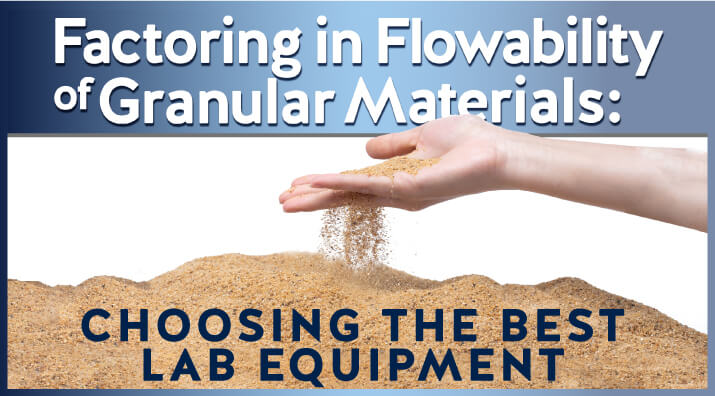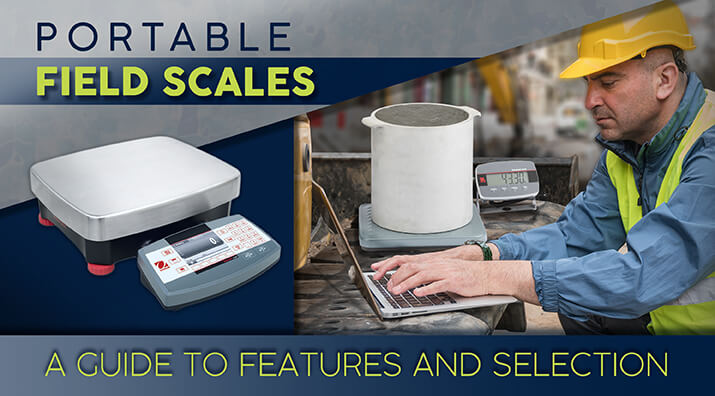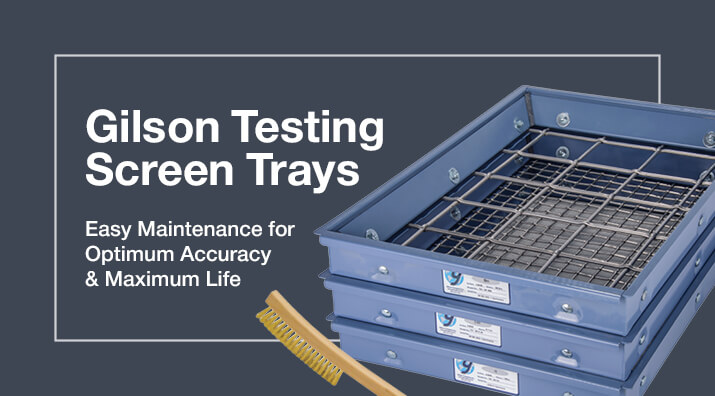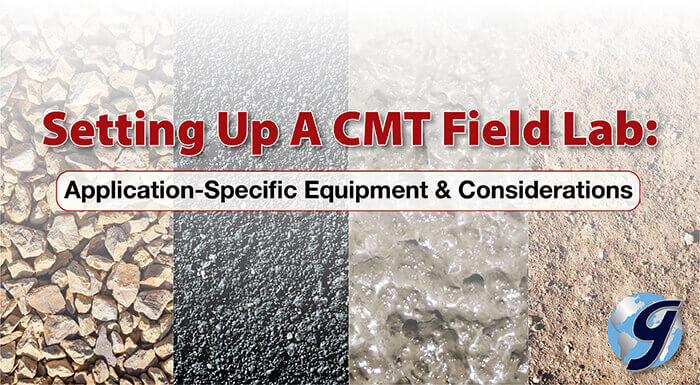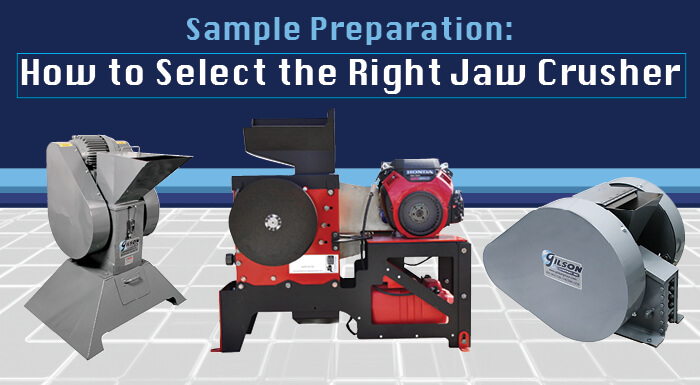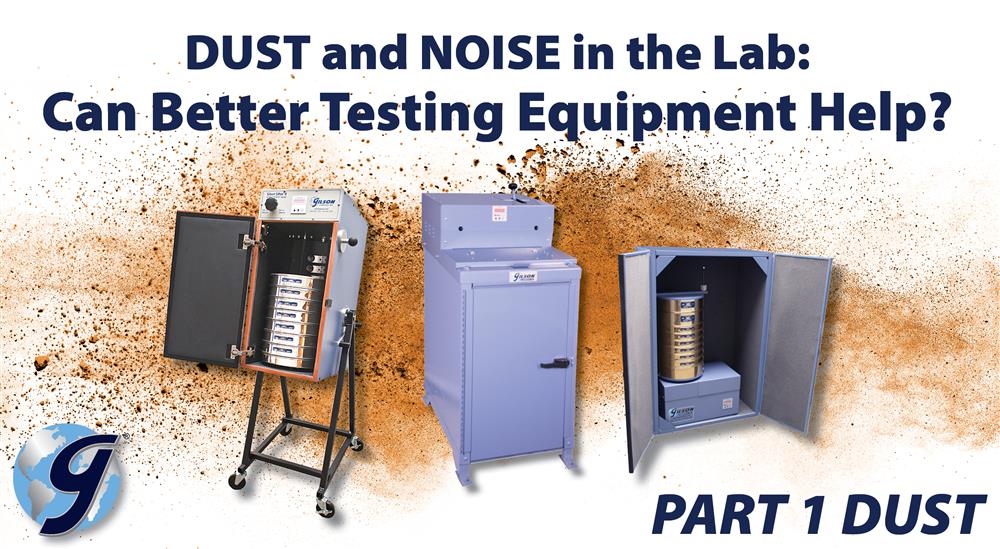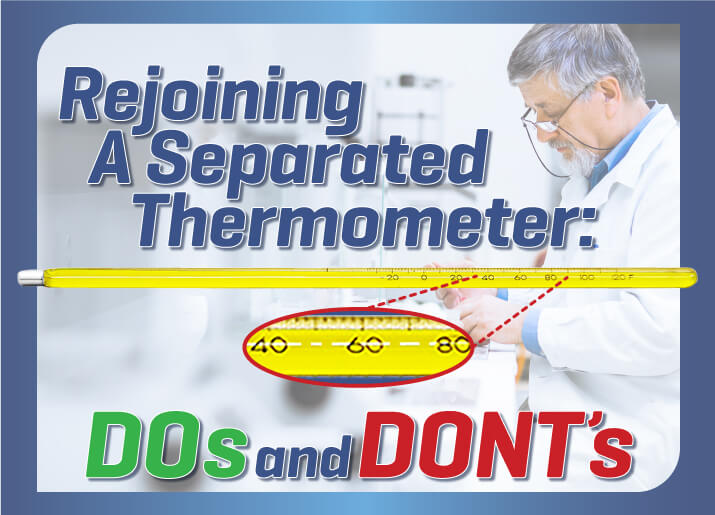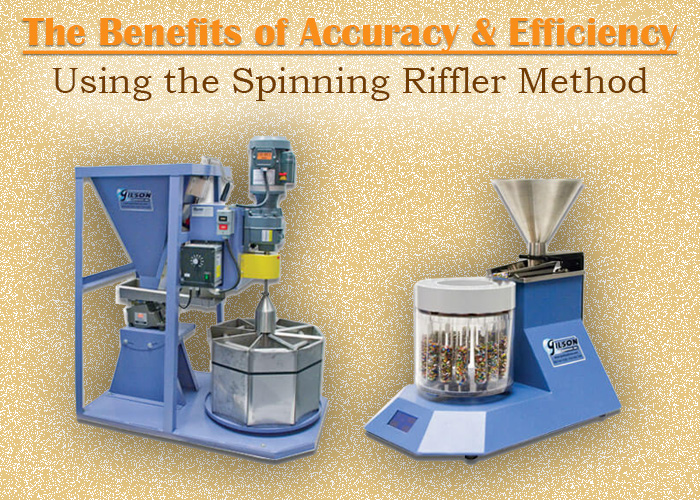Every stage of sampling, dividing, and testing granular material is affected by its flow properties. Understanding a particular material and the unique factors that impact its flowability increases the efficiency and accuracy of your laboratory testing and can even help control your budget. In this article, we discuss what equipment is best suited for your testing application.
- Log in
- Favorites List
-
Shopping Cart
You have no items in your shopping cart.
Blog posts tagged with 'Lab Equipment'
Have questions about your materials testing equipment? We have the answers to these questions and much more right here! Check back monthly for long-form blog posts, how-to guides and infographics. We’ll address industry insights, the operation and maintenance of specific equipment, and our product line recommendations, all designed to better serve you.
Bookmark this page, add it to your RSS reader, or subscribe to our newsletter, so you never miss a hot topic.
Some test methods must be performed on the spot to ensure that the best products are being produced or placed following specified procedures. Portable weighing devices are especially important to operate accurately and conveniently in remote locations. In this blog post, we’ll discuss what to look for when choosing one.
Screen Trays are the heart of all Gilson Testing Screen Shakers. In this blog post, we discuss how to get the most accurate results and extended life from your testing screen trays.
In this month's blog, we examine the civil engineering laboratory equipment needed for typical operations performed where field laboratories for construction materials testing are required. With so many possible variations in specific project requirements, we break it down by application.
In this blog, it will discuss setting up and furnishing temporary field-testing labs with essential laboratory equipment. Field labs are generally limited to a few particular tests, but no matter the material, most require the same essentials to measure properties like size, weight, and moisture.
The selection of the best jaw crusher for your application will naturally be governed by the particle size, volume, and properties of your bulk material, along with the desired particle size and quantity of the final sample. In this blog, we help you select the right jaw crusher for your testing application.
High decibel levels can potentially be a dangerous element in your materials testing lab. In part two of our special series on workplace safety, you’ll discover some of the best ways to reduce noise levels during testing.
In part one of our special series on workplace safety, we take a look at how advances in materials testing equipment are minimizing potentially harmful exposure to dust in the lab.
Mercury or indicating fluid separations can occur in the columns of mercury-in-glass thermometers, as well as in non-mercury thermometers. With expertise, caution and strict adherence to safety measures, the separated fluid can often be rejoined in the column by following some specific methods developed by others.
Do you know when a spinning riffler or rotary sample divider should be your go-to sample divider for the most accurate representative samples?
- 1
- 2
- 2025
- 2024
- 2023
- 2022
- 2021
- 2020
- 2019
- 2018
- 2017
- 2016
- 2015

